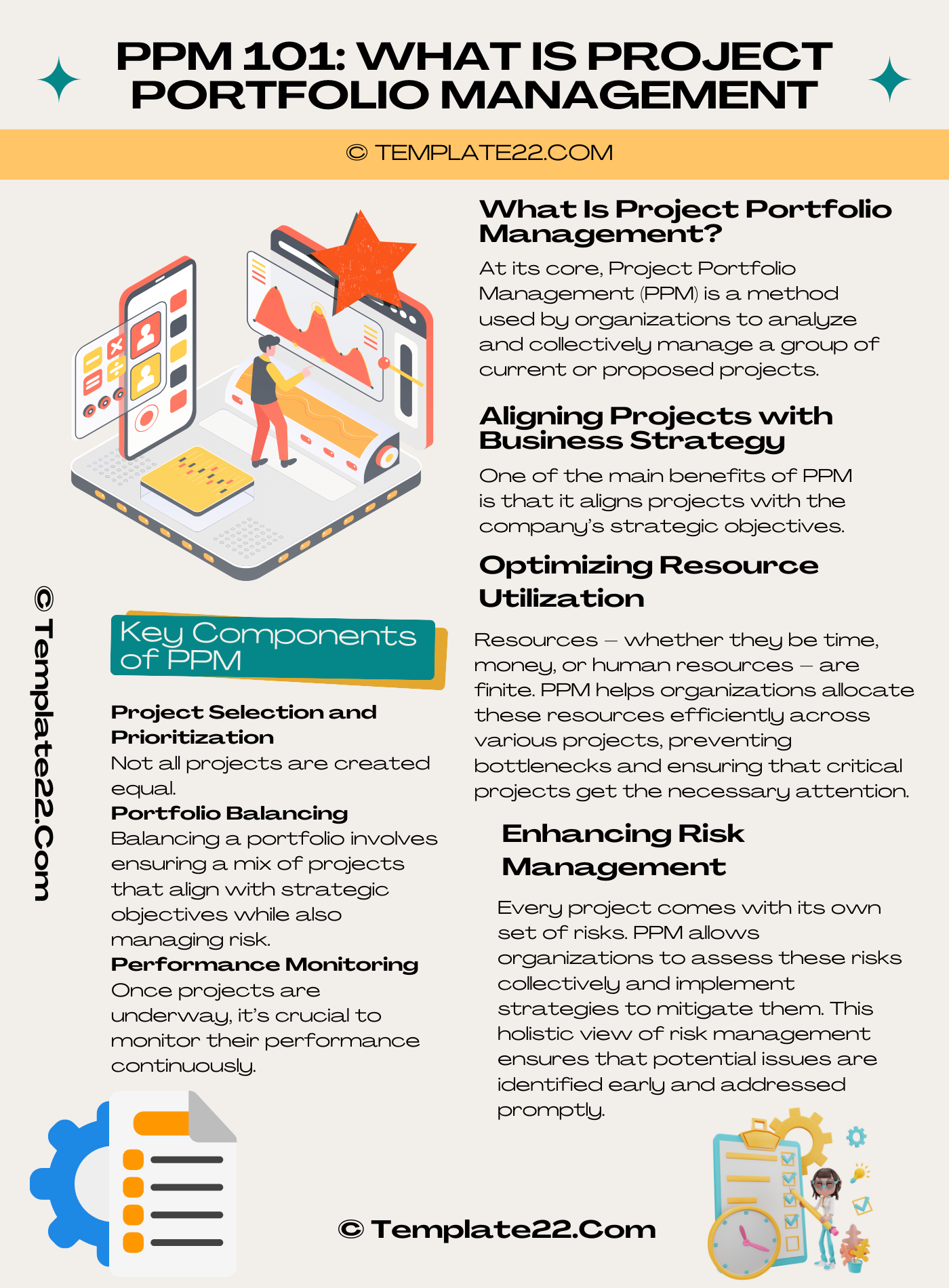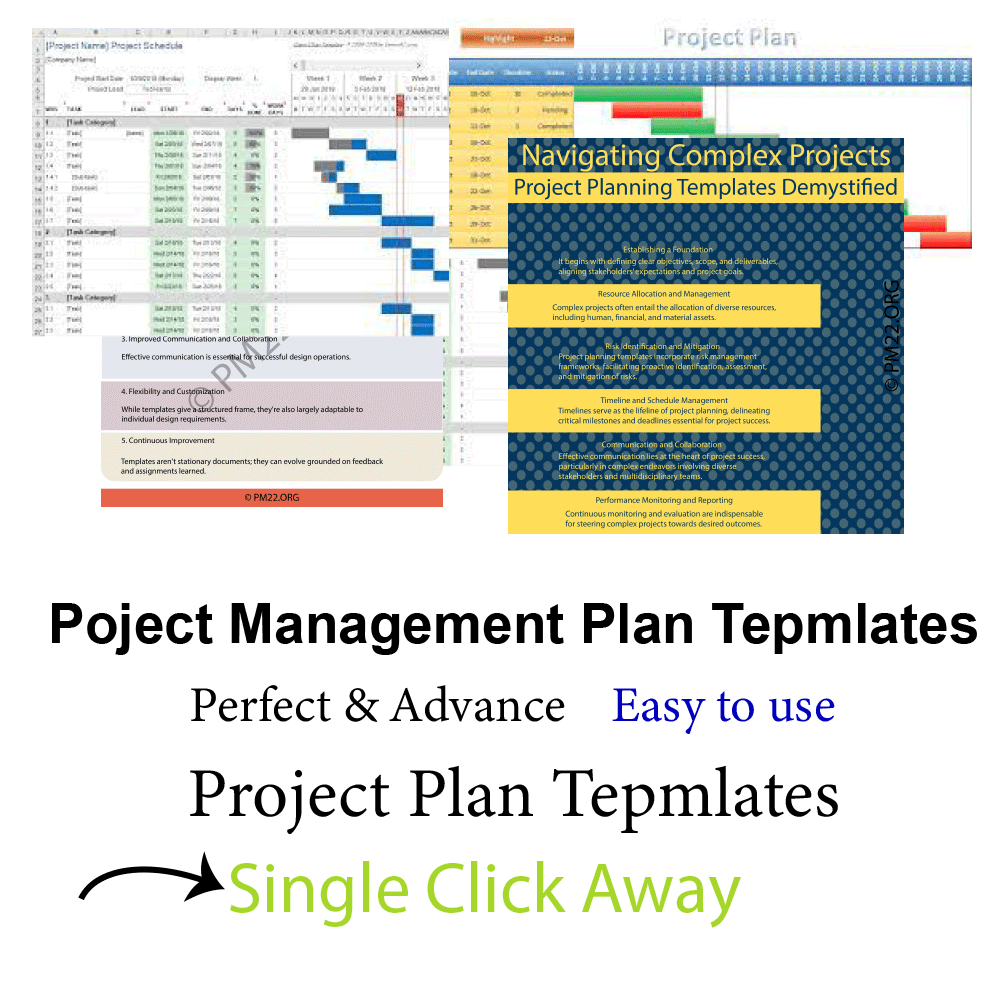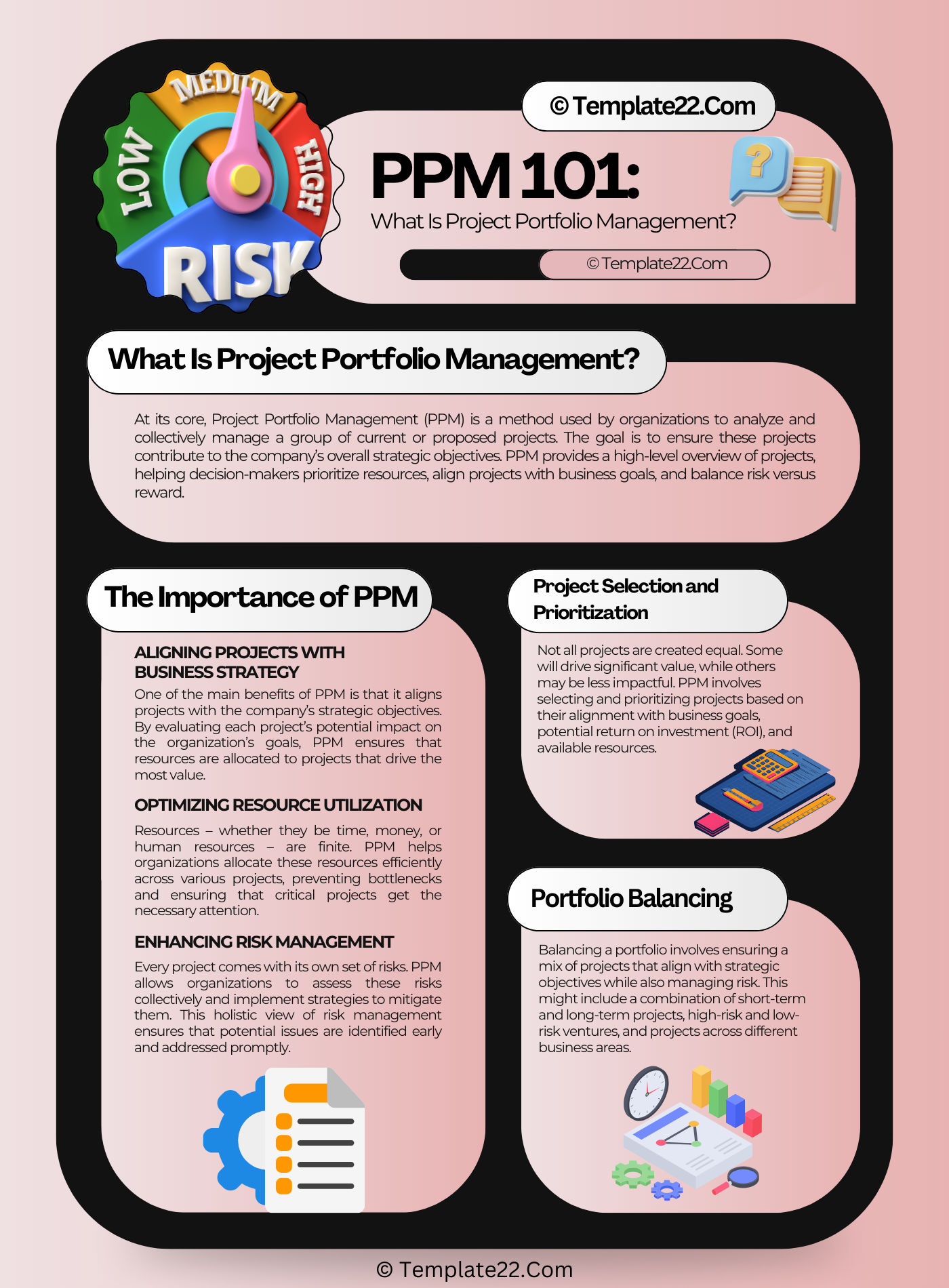 In today’s fast-paced business world, managing multiple projects simultaneously can be daunting. Enter Project Portfolio Management (PPM) – a strategic approach designed to streamline project management, ensuring that all projects align with an organization’s goals. But what exactly is PPM, and why is it so crucial for businesses today? Let’s dive in.
In today’s fast-paced business world, managing multiple projects simultaneously can be daunting. Enter Project Portfolio Management (PPM) – a strategic approach designed to streamline project management, ensuring that all projects align with an organization’s goals. But what exactly is PPM, and why is it so crucial for businesses today? Let’s dive in.
What Is Project Portfolio Management?
At its core, Project Portfolio Management (PPM) is a method used by organizations to analyze and collectively manage a group of current or proposed projects. The goal is to ensure these projects contribute to the company’s overall strategic objectives. PPM provides a high-level overview of projects, helping decision-makers prioritize resources, align projects with business goals, and balance risk versus reward.
The Importance of PPM
Aligning Projects with Business Strategy
One of the main benefits of PPM is that it aligns projects with the company’s strategic objectives. By evaluating each project’s potential impact on the organization’s goals, PPM ensures that resources are allocated to projects that drive the most value.
Optimizing Resource Utilization
Resources – whether they be time, money, or human resources – are finite. PPM helps organizations allocate these resources efficiently across various projects, preventing bottlenecks and ensuring that critical projects get the necessary attention.
Enhancing Risk Management
Every project comes with its own set of risks. PPM allows organizations to assess these risks collectively and implement strategies to mitigate them. This holistic view of risk management ensures that potential issues are identified early and addressed promptly.
CLICK HERE TO DOWNLOAD 300+ PROJECT MANAGEMENT TEMPLATES & DOCUMENTS IN EXCEL
Key Components of PPM
Project Selection and Prioritization
Not all projects are created equal. Some will drive significant value, while others may be less impactful. PPM involves selecting and prioritizing projects based on their alignment with business goals, potential return on investment (ROI), and available resources.
Portfolio Balancing
Balancing a portfolio involves ensuring a mix of projects that align with strategic objectives while also managing risk. This might include a combination of short-term and long-term projects, high-risk and low-risk ventures, and projects across different business areas.
Performance Monitoring
Once projects are underway, it’s crucial to monitor their performance continuously. PPM involves tracking key performance indicators (KPIs) to ensure projects are on track and delivering expected benefits. This ongoing oversight helps identify issues early and take corrective actions.
PPM Tools and Techniques
Software Solutions
Several software tools are designed to support PPM processes. These tools provide features such as project tracking, resource allocation, risk management, and reporting. Popular PPM software includes Microsoft Project, Oracle Primavera, and Smartsheet.
Strategic Frameworks
Frameworks like the Balanced Scorecard or the Stage-Gate process can help organizations implement PPM effectively. These frameworks provide structured approaches to project evaluation, selection, and management, ensuring consistency and alignment with strategic goals.
Implementing PPM in Your Organization
Define Your Objectives
Before implementing PPM, it’s essential to have clear strategic objectives. What are your organization’s goals? How do your projects contribute to these goals? Defining these objectives upfront ensures that your PPM processes are aligned with your business strategy.
Build a PPM Team
Successful PPM implementation requires a dedicated team. This team should include project managers, senior executives, and stakeholders from various departments. Their collective expertise ensures a comprehensive approach to project evaluation and management.
Invest in Training
PPM involves complex processes and tools. Investing in training for your team ensures they have the skills and knowledge needed to manage your project portfolio effectively. This training should cover PPM principles, software tools, and strategic frameworks.
CLICK HERE TO DOWNLOAD 300+ PROJECT MANAGEMENT TEMPLATES & DOCUMENTS IN EXCEL
The Future of PPM
As businesses continue to evolve, so too will PPM. Emerging technologies like artificial intelligence (AI) and machine learning are set to revolutionize PPM by providing more accurate project forecasts, enhanced risk management capabilities, and improved resource allocation. Organizations that embrace these technologies will be better positioned to manage their project portfolios effectively and achieve their strategic goals.
Conclusion
Project Portfolio Management is more than just a buzzword – it’s a strategic approach that can drive significant value for organizations. By aligning projects with business objectives, optimizing resource utilization, and enhancing risk management, PPM ensures that every project contributes to the company’s success. As you consider implementing PPM in your organization, remember to define your objectives clearly, build a dedicated team, and invest in training. With the right approach, PPM can transform the way you manage your projects and help you achieve your strategic goals.
By understanding and implementing PPM, organizations can navigate the complexities of managing multiple projects, ensuring that every initiative is a step toward long-term success.
